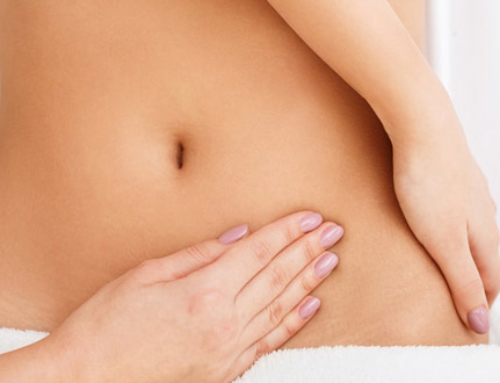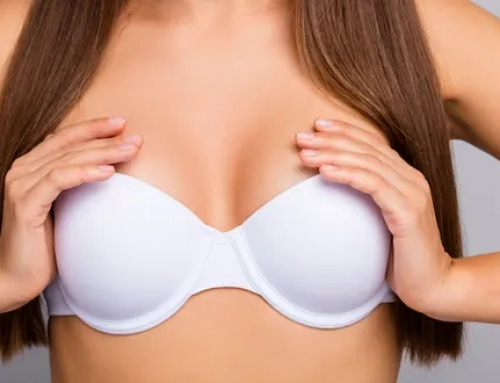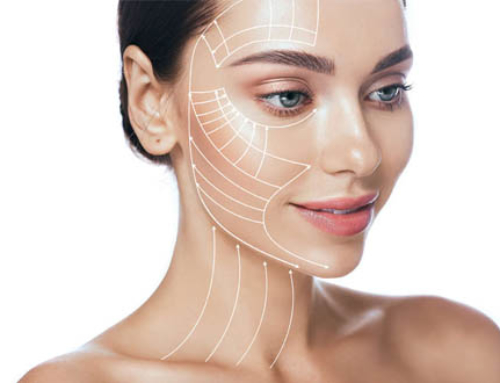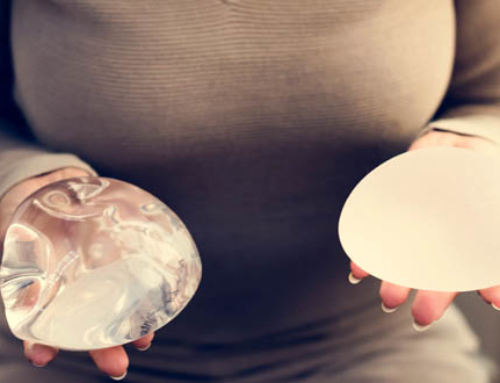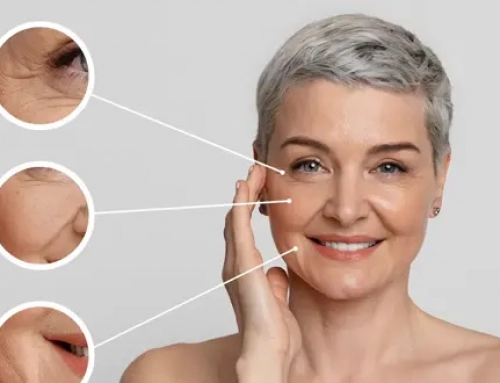
How the face and neck lift can help you achieve a natural and durable rejuvenation
Facial aging includes volume loss and is closely linked to facial expression muscles activity. There are 3 components to treat for facial rejuvenation : skin aging, volume changes and muscle laxity. The objective is to restore facial beauty when the face looks tired and sad.
The face lift is about restoring harmonious facial features and highlighting them.
Facial rejuvenation is not limited to a single technique for every patient, it combines to most appropriate procedures to treat multiple issues. During the preoperative consultations, surgeons work at determining what needs to be done and which procedures to perform to achieve the patient’s objective.
The face and neck lift
Many facial rejuvenation specialists believe that muscles, especially the platysma muscle of the neck, are mainly responsible for tissue sagging, loss of facial roundness and the formation of jowls. This is why modern lift techniques often target the platysma to achieve superior as well as long-lasting results.
The natural appearance of the face and discreet scars are essential for a beautiful result. The scars resulting from a facelift are located behind the ears. There are no scars in the hairline, temples or back of the neck. This allows patients to tie up their hair without showing any obvious scar.
Why is the facelift typically ideal between 50 and 60 years old ?
During the procedure, the surgeon works on the skin and muscle. These underlying tissues are affected by aging and bone changes. Repositioning the muscles in an optimal position offers great support for the skin, which will be less prone to sagging, even if it progressively loses elasticity.
This is why the face and neck lift is often an excellent option between the age of 50 and 60. The natural appearance of the face is preserved and it will still look refreshed 10 to 15 years after the procedure.

